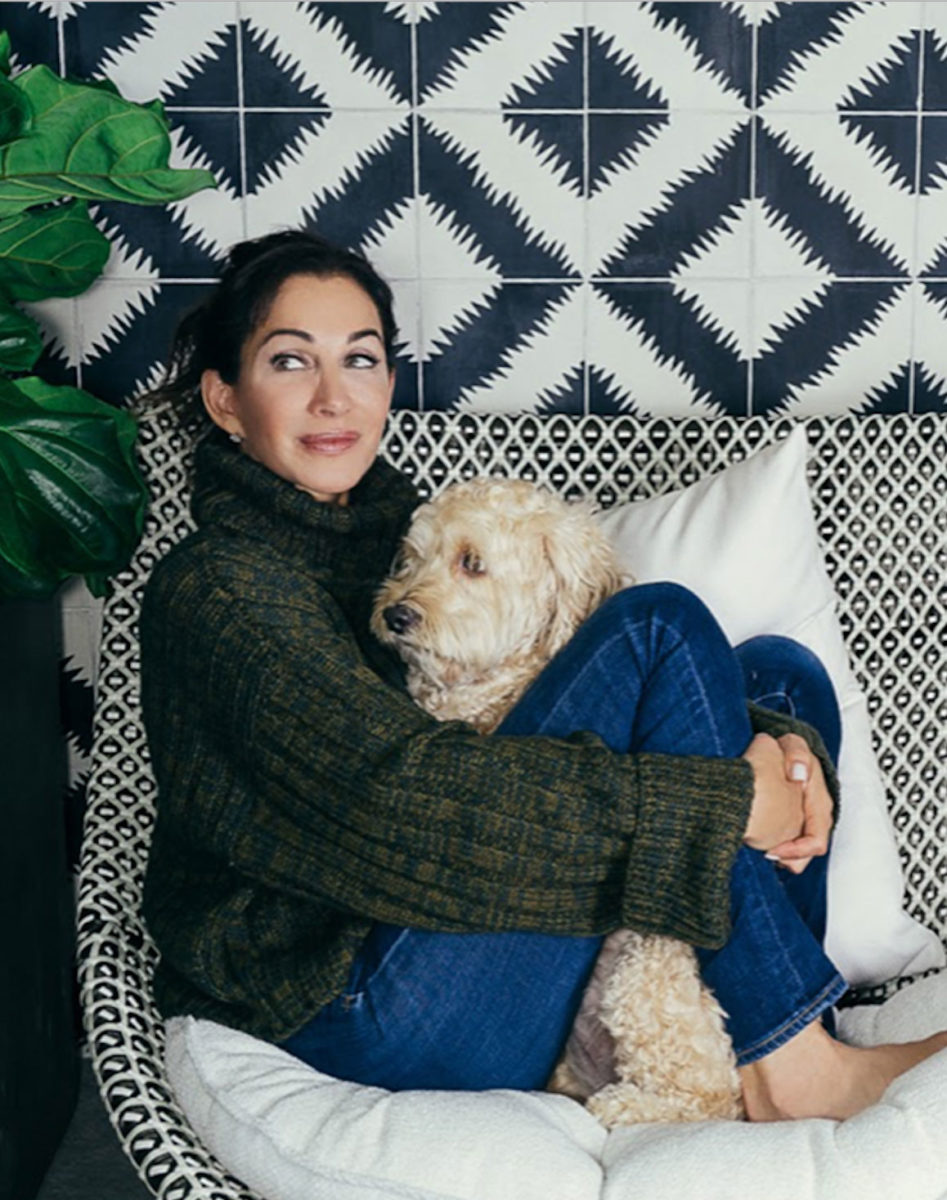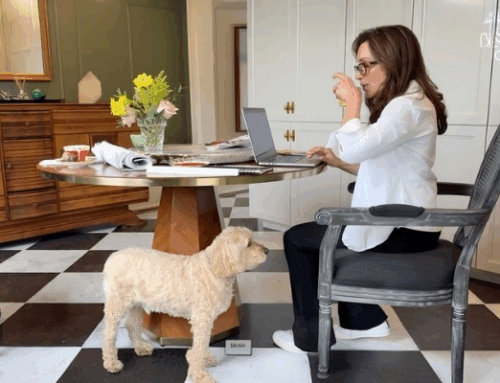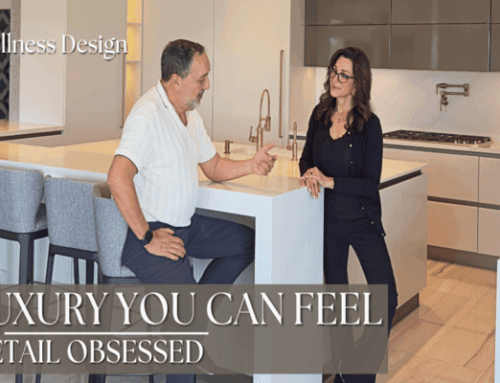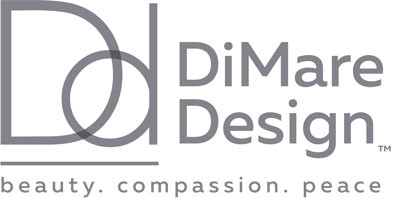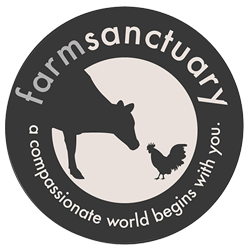We all want our children, no matter what age, to be happy, healthy and strong. Our environment plays a key role in how we grow, adapt, socialize and maintain inner balance and peace. These 5 tips were created by the team at Cruelty Free Casa // DiMare Design for parents and caregivers of children/family members with ASD or other sensory processing challenges.
When designing a space for someone with autism, the same rules apply to both children and adults and even those without any developmental differences. However, someone in the spectrum of Autism is more likely to be sensitive to their environments than most.
The design of their spaces should provide a sense of security. Because if they don’t feel secure, they might feel unsafe. That unsafe feeling can lead to anxiety and anxiety causes all of us, with or without developmental differences, to shut down. In addition, the area we design must aesthetically be positive, or it can cause boredom. Boredom can lead to depression for so many.
The goal for the environment we create for someone in the spectrum of Autism is to design a space for optimal development mentally & physically. The design should be sensory, feel safe, foster independence and provide the appropriate positive stimulation.
With That Being Said, Here Are Our 5 Interior Design Tips For Autism:
1. Acoustics
Individuals on the autism spectrum are extremely, and at times, painfully sensitive to sounds. Providing sound insulation and allowing for manipulation of sound pressure levels is helpful. One way to do that is by adding pink noise. Sound machines have pink noise!
Pink noise is calming and soothing and used to help people with sleep issues. To the human ear, pink noise sounds “flat” or “even.” Nature is full of pink noise:
- Rustling leaves
- Steady rain
- Wind
- Heartbeats
White noise, on the other hand, can be very disturbing to those with ASD. White noise stimulates the brain. Calming the brain is the goal. So avoid;
- Whirring fans
- Radio or television static
- Hissing radiators
- Humming air conditioners
- Fluorescent lights
TO HELP ABSORB SOUND IN THEIR SPACE, ADD ITEMS LIKE:
- Thick, soft blankets
- Rugs
- Oversized pillows which are also multifunctional
- Well-organized bookcases help minimize clutter and serve as sound buffers when placed against shared walls. Add Stackable storage bins with pictures, symbols or words according to your child’s needs. Foster independence by teaching children & young adults to clean up on their own. Plus tidiness is always key. A cluttered space is a cluttered mind and those with ASD already have very busy minds.
- Cork boards cut down on outside noise as well. The natural material is typically autism-friendly, and the board offers a versatile display area for artwork, achievements and photos.
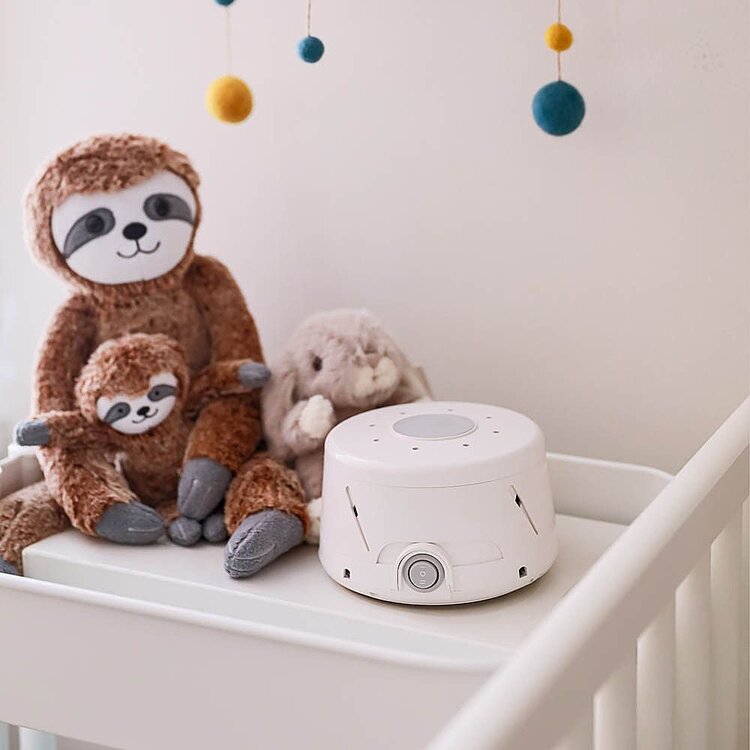
IMAGE SOURCE: YogaSleep
2. Lighting
Light and color have a direct affect on our mood, behavior and cognitive functioning. If you were to sit in a dark, grey room for an hour compared to a light yellow room, would you feel a difference? Surely you would. Most autism-friendly designs have small areas of bright color and light mixed with unsaturated earth tones.
CONSIDER THE FOLLOWING;
- Curtains or shades to adjust outside light entering the space
- Lamps with soft lighting
- Desk or task lamps to reduce glare
- Bubble light tubes
- Lava lamps
- Red hued light dimmers
- Calming star scene light projectors
- Avoid the white noise and harsh fluorescent lighting
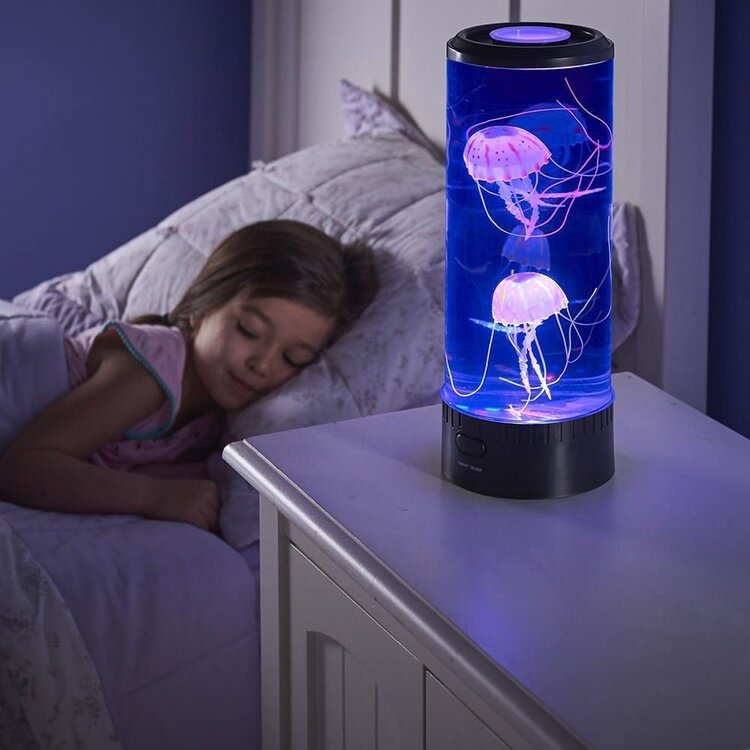
IMAGE SOURCE: Inspire Uplift
3. Room Layout
Spaces that are orderly and defined are easier and more inviting for the autistic mind to process. Minimal furniture, storage for non-essential items, objects and furniture that can also be reconfigured and function as dividers are ideal for maintaining focus.
If the space is for a child, consider three types of areas; focus, calming and play/exploration.
The area of focus could be a small private nook in a room. Think of mimicking a cocoon. A small canvas teepee is a perfect covering. If there is no nook, then place the teepee in the corner of a room.
If limited space is an issue, you can cover a table with a sheet. Your child could sit under the table and use this area for reading and focus work. It could also serve as a space for calming. Add a weighted blanket, lap or shoulder pad for additional soothing effects. A rocking chair or glider is also ideal for anyone with ASD. The motion and the breeze from the glider is very calming.
The play and exploration area can be a bathtub if there is no yard to have messy play. Simply wash the tub when your child is finished playing.
WHEN DESIGNING THE LAYOUT FOR THE SPACE, CONSIDER THE FOLLOWING;
- Items that move easily. Chairs, furniture on wheels, portable desks, pillows.
- Uniformity. Keep furniture and objects placed in an organized manner. Think of a grid.
- Nooks, cocooned, private secluded area for alone time.
- Rounded corners on furniture for safety and calming.
- Large windows.
- Research has shown that many small windows in a space can be disturbing for those with ASD. Large windows are an ideal element in a space to view nature and listen to the pink noise. The sensory sounds of the rustling leaves or rainfall are calming. Large windows also allow natural light to come through. However, if the large windows face a busy, noisy street and become disturbing, install thick drapes to buffer the sounds.
4. Materials & Furniture
Furniture has the potential to influence the function, privacy and size of a space. For ASD, modular furniture and malleable spaces are preferable.
WHAT TO LOOK FOR:
- Easy to clean finishes. Many people with ASD are compulsive about cleanliness.
- Focus on vegan and safe fabrics. Clean environments are very important. No toxins or chemicals.
- Look for G.O.T.S. Certified fabrics that are not animal based. This certification confirms the fabric is free from most chemicals. Consider cottons, linens, hemp and buckwheat natural organic fabrics.
- Cover hardwood floors with natural organic cotton rugs with soothing textures. Get low pile rugs to reduce glare.
- Choose natural, non toxic wooden furniture over plastic. Plastic is loaded with chemicals and destroys the planet.
- Weighted blankets or heavy comforters are ideal for sleeping. The heaviness provides deep touch pressure. It calms the body and mind.
- Cleaning products. Only non toxic, natural cleaners like Dr. Bronner’s.
- Mattresses. Only natural, organic materials such as natural latex or cotton are good mattress choices.
- Bed pillows. Buckwheat and Kapok fill pillows are completely non toxic, hypoallergenic and extremely sensory. They are an ideal choice.
- Seating. Ball chairs, rocking chairs, pod chairs, game chairs. There are endless options of seating that move with the body.
AVOID THE FOLLOWING:
- Scattering furniture and objects haphazardly throughout the space. Organization is crucial.
- Animal-based products that are loaded with chemicals and toxins. Animal based materials are also smelly and many with ASD are hypersensitive to smell. No leather, wool, fur and down feathers. Keep negative energy away. Only good, positive vibes.
- Printed sheets. Most printed sheets are laden with poisons used in the dyes. If you are going to buy printed sheets, make sure they are GOTS certified.
- Foam mattresses. They are extremely toxic and off-gas.
- Plastic furniture and objects. They are loaded with phthalates, very toxic and destroying our wildlife and planet.
5. Colors
Research has found that several components of the eye are changed in those with ASD due to neural deficiencies and/or chemical imbalances. Some research has shown that almost 85% of the population with ASD see colors with greater intensity than non-ASD. Therefore, choosing the right colors and intensity of the colors is very important when creating a positive environment.
Keeping the colors muted, can quiet the mind and create calm. Color can be your best friend when designing spaces. Paint is one of the easiest fixes you can make for the smallest amount of investment.
CONSIDER THE FOLLOWING;
- Neutral colors such as beiges, tans are calming.
- Green is a very happy color. It’s biophilic, meaning it’s connected to nature. Biophilic design stimulates endorphins, our happy hormone.
- Blues should lean more towards the green and teal family. Although blue can be calming, too much or too dark can feel depressing.
- Pinks and Violets: These colors are very calming and evoke feelings of safety and love. These are also great colors for sharing a room and meditation spaces.
- Soft Orange and corals: It may seem counterintuitive to call orange a calming color. But in the right tones, the color family can be very welcoming, warm and comforting. Also, for picky eaters, adding soft orange or coral colors in the kitchen might stimulate appetites.
Here’s more tips on how to design a child’s space to keep them mentally & physically healthy.
AVOID THE FOLLOWING;
- Bright whites and any colors that might remind one of a visit to the hospital or other facilities that might correlate with a negative medical experience.
- Reds should never be used in the space of a person with ASD. Red is perceived as fluorescent.
- Yellows are very stimulating. They cause eye fatigue and best to avoid.
- Medical offices, especially pediatric offices, can often have an overload of primary colors including red, blue and yellow. These are full intensity colors and should never be used.
- Minimizing contrast is key in placing color in spaces. So don’t paint the ceiling white. Use a lighter version of the wall color to reduce the level of contrast between the walls and ceiling.
- Don’t paint the trim around windows, baseboards and doors a bright white. The high contrast can create visual lines on the walls. Use the same shade of paint in a different sheen. For example, eggshell on the wall and satin on the trim. You could also go up or down one shade on the color stripe for the trim color. This will create subtle shading and look beautiful.
- Busy patterns and high contrast should be avoided between curtains and walls. Stripes, prints and other patterns can become busy and distracting, especially in bedrooms. When using fabric blinds, try to make the blind blend with the wall color. Linen, taupe and soft gray are better choices.
- Keep bedding colors and patterns simple as well. Think Zen!
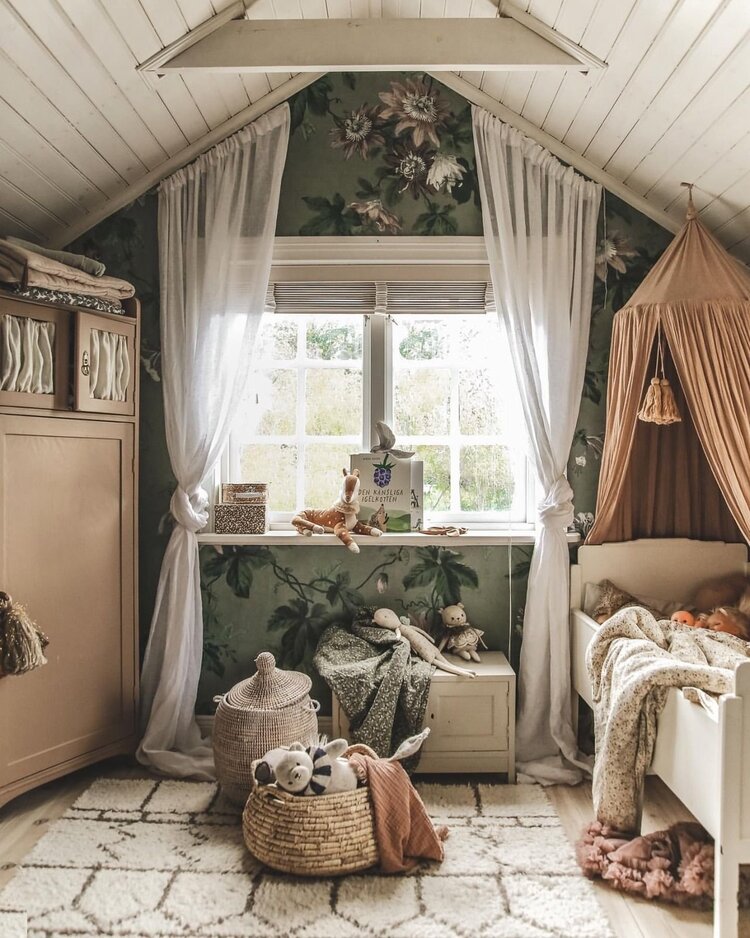
Final Thoughts
If you or someone you know struggles with sensory processing issues, reach out to our team so that we may help you create a space for them that is calming, inviting & sensory-friendly! Learn more about our Virtual Design Services!
Join our Facebook Community Design for a Non Toxic & Cruelty Free Home.
Check out our non-toxic and cruelty-free Amazon shop.
In case you missed it 🌸
Have you taken our newest beginner course?!
Learn more about the Online Nursery & Kids Room Design Course.
Need help creating a safe & healthy home for you & your family?
BOOK US for a 20-minute call!
Need even more family-friendly home design tips?
Meghan Markle and her choice of nursery paint.
Read more about pesticide-free Gardening Know How
How a good desk chair will improve back pain.
How to protect our marine life ocean plastic.
Best Materials for a Kitchen Backsplash Remodel.
What are volatile organic compounds (VOCs)?
How time in nature can improve our mental health and sharpen our cognition?
Why should I be concerned about lead poisoning?
31 Kitchen Color Ideas to Elevate Your Cabinetry Without a Full Remodel.
Just a heads up, this article may contain links to affiliate sites, products or services. If you purchase something through one of those links, you won’t pay a penny more! The affiliate simply provides us with a small commission which helps us fund our operations, promoting healthy & compassionate interior decorating.
Share this with friends!
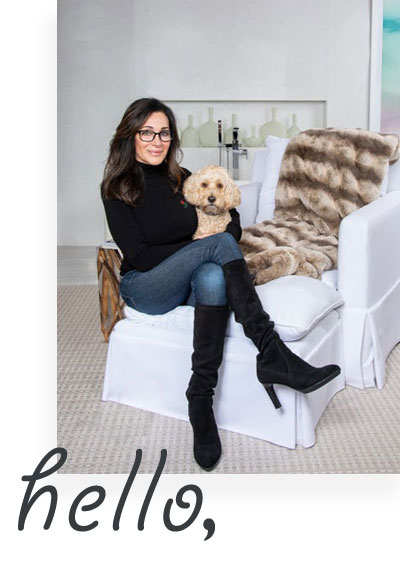
I’m Deborah! My mission is to show others by demonstration, that no living being, human & non, be sacrificed for beautiful, non toxic, healthy & durable furniture & decor. More about me.

